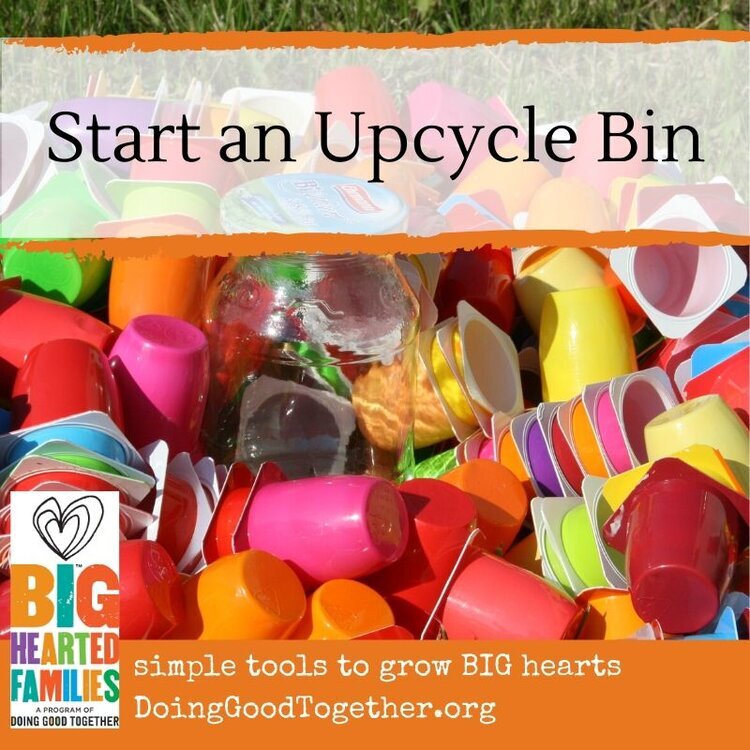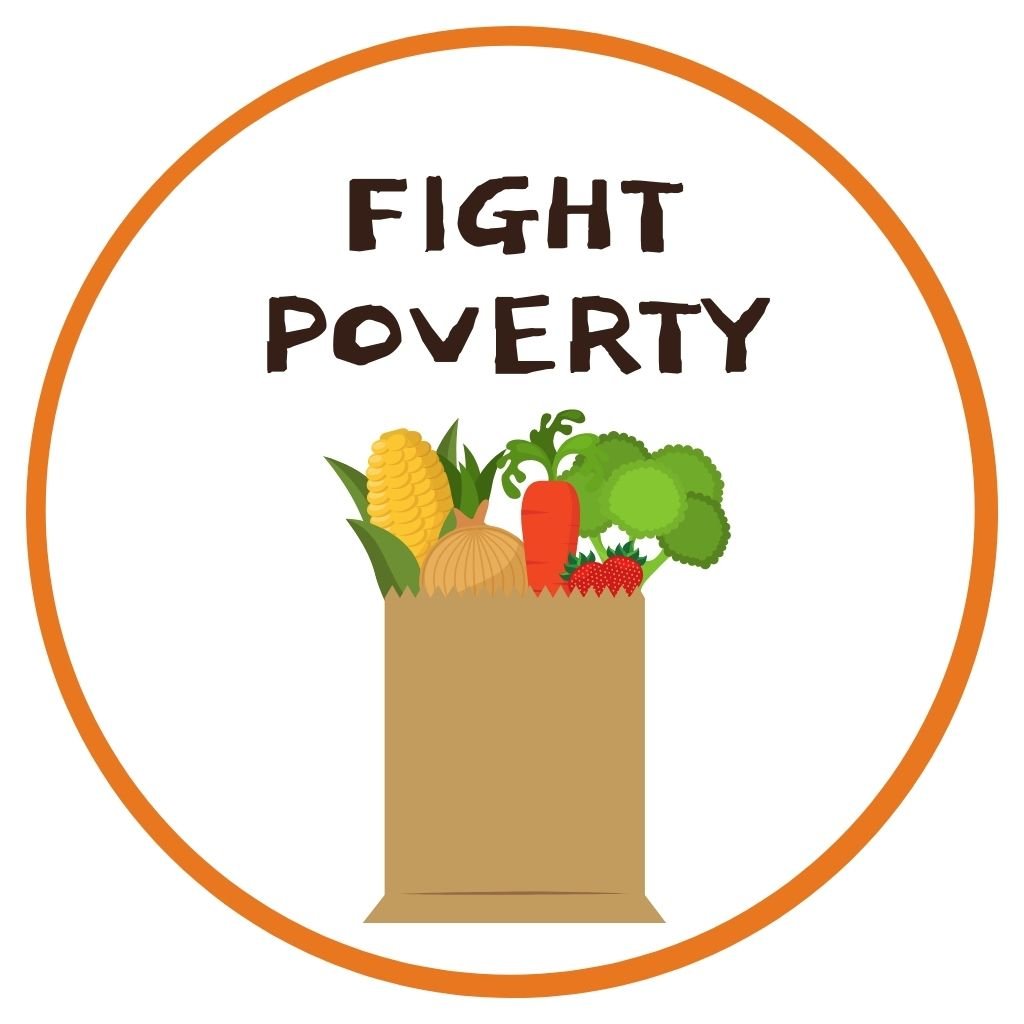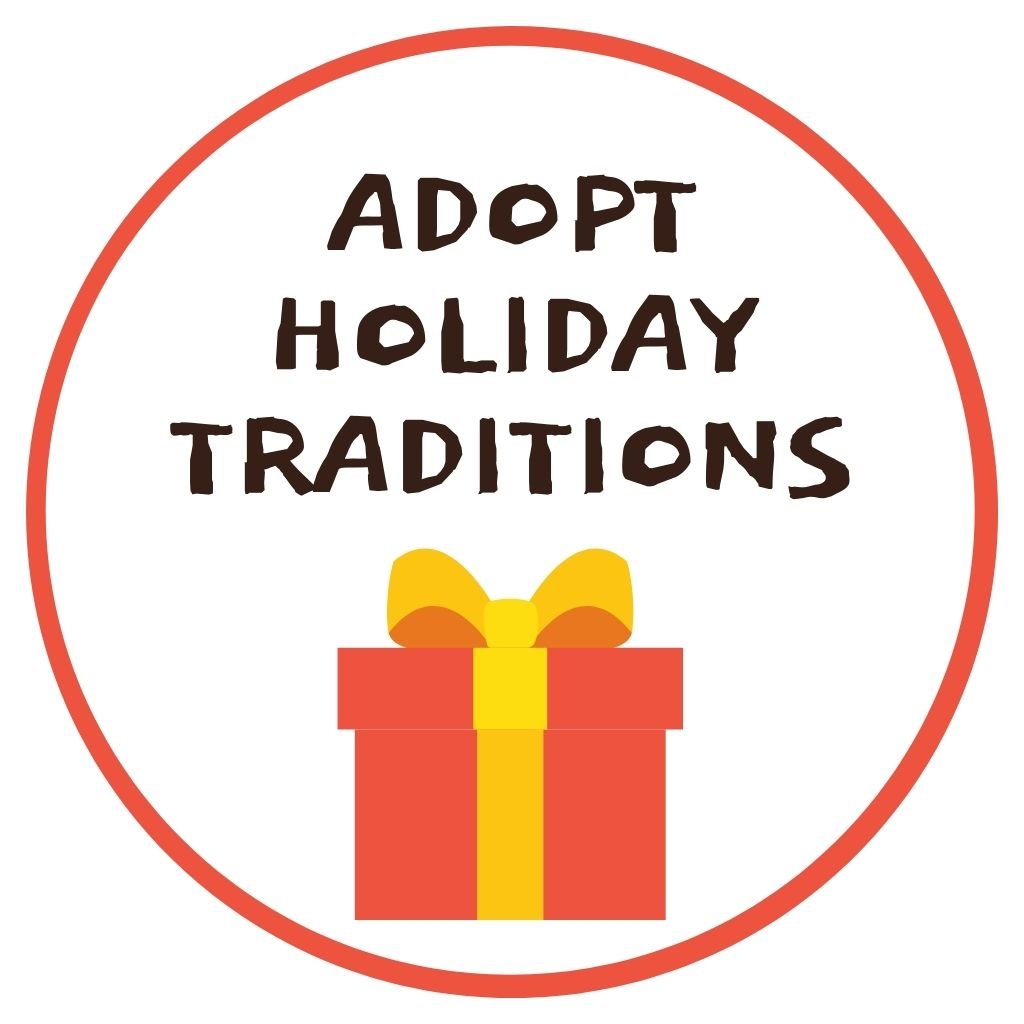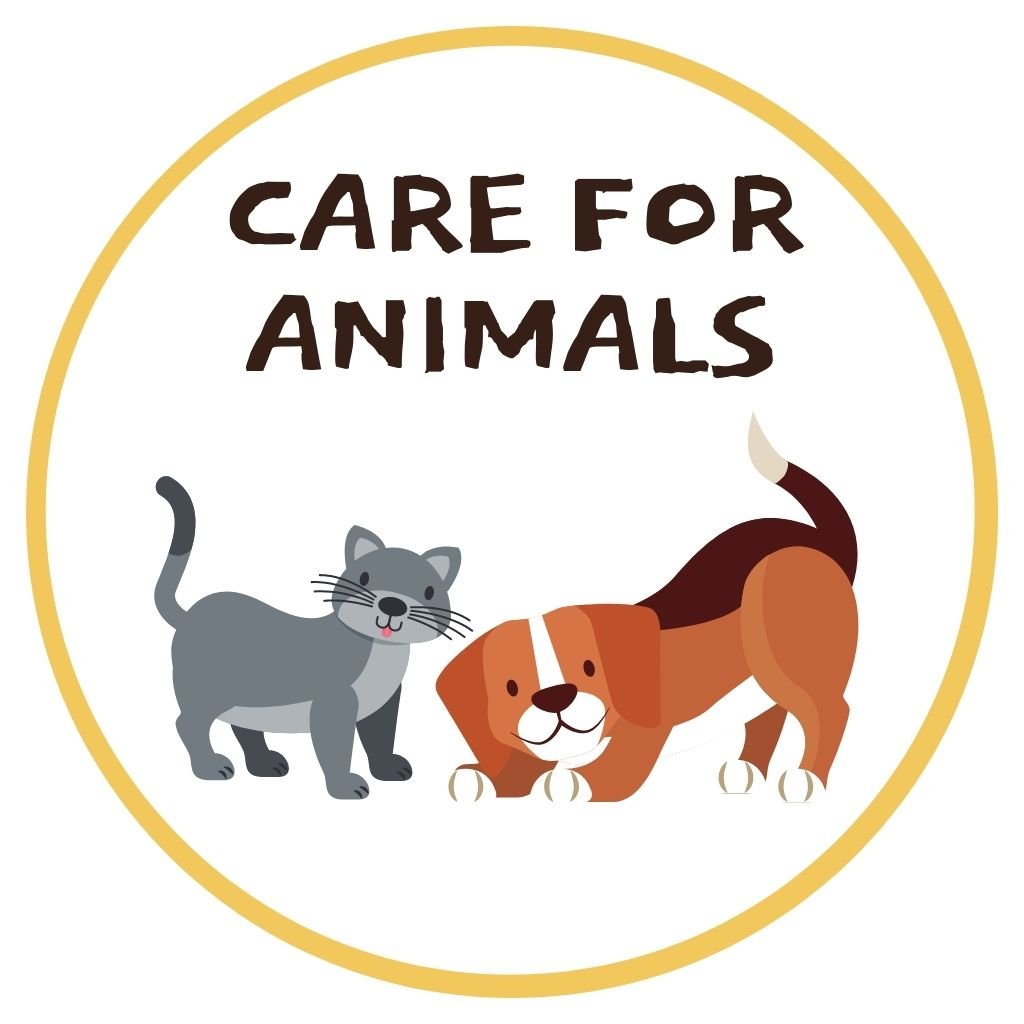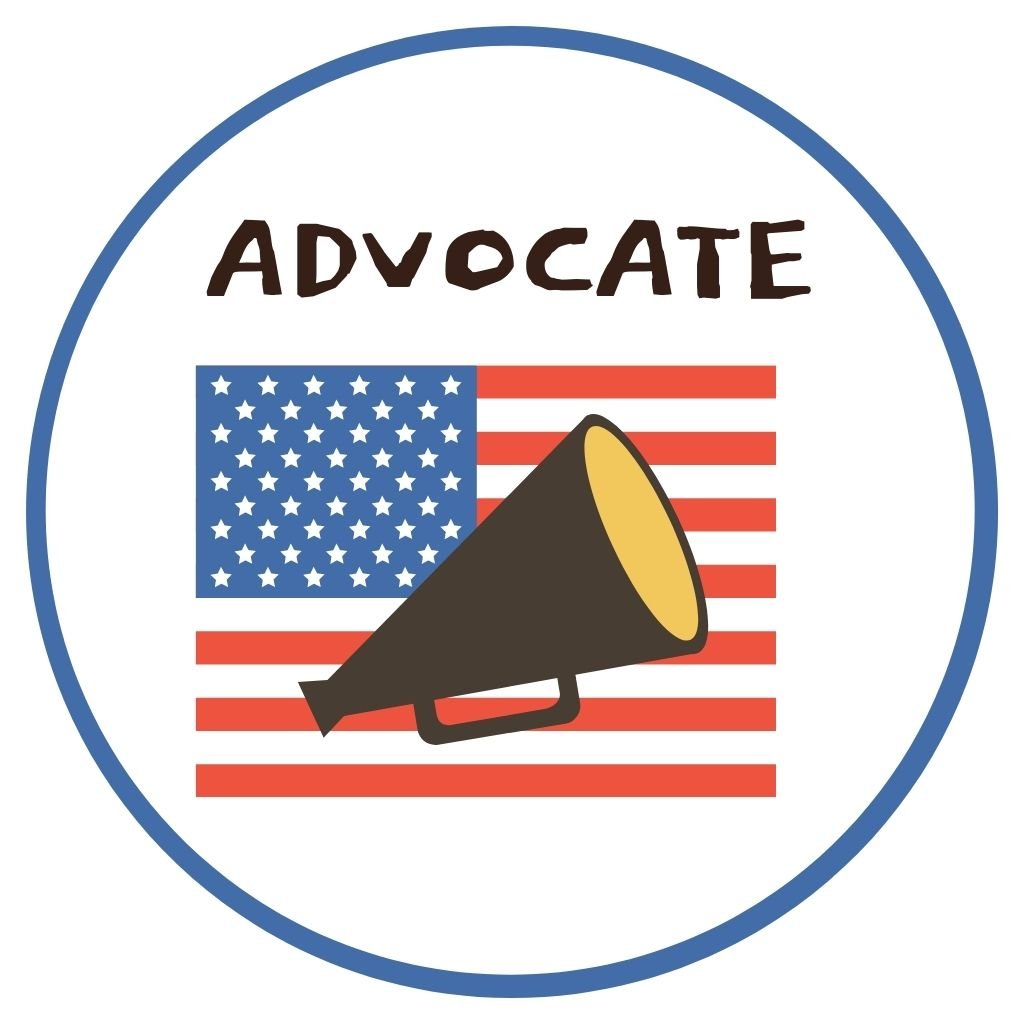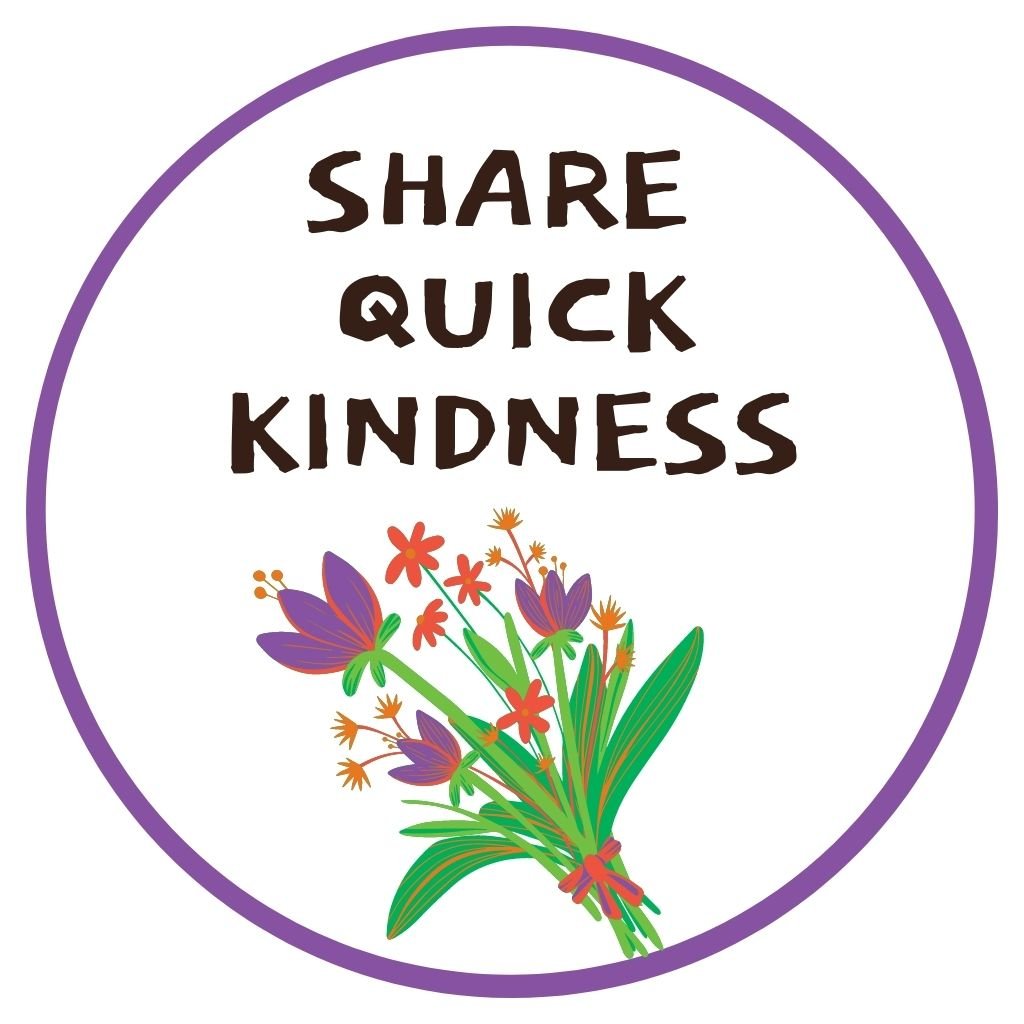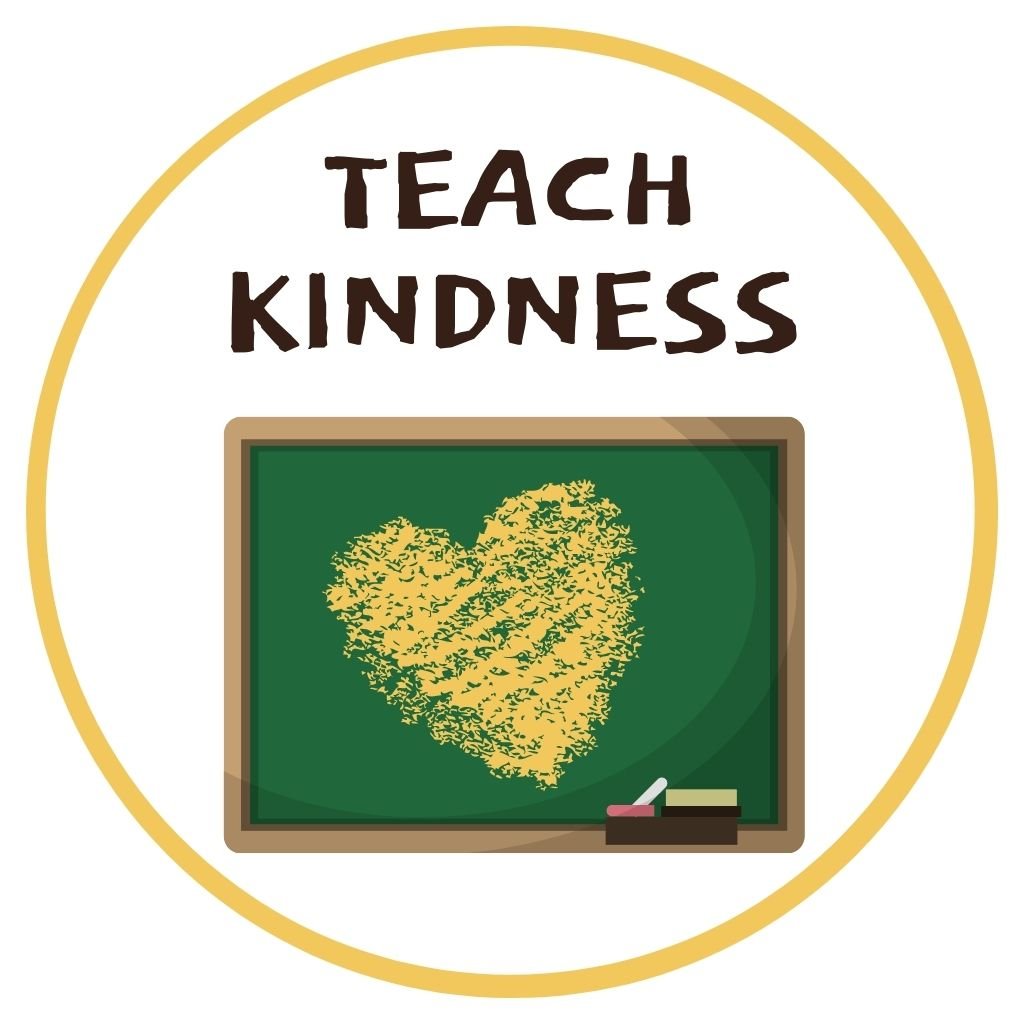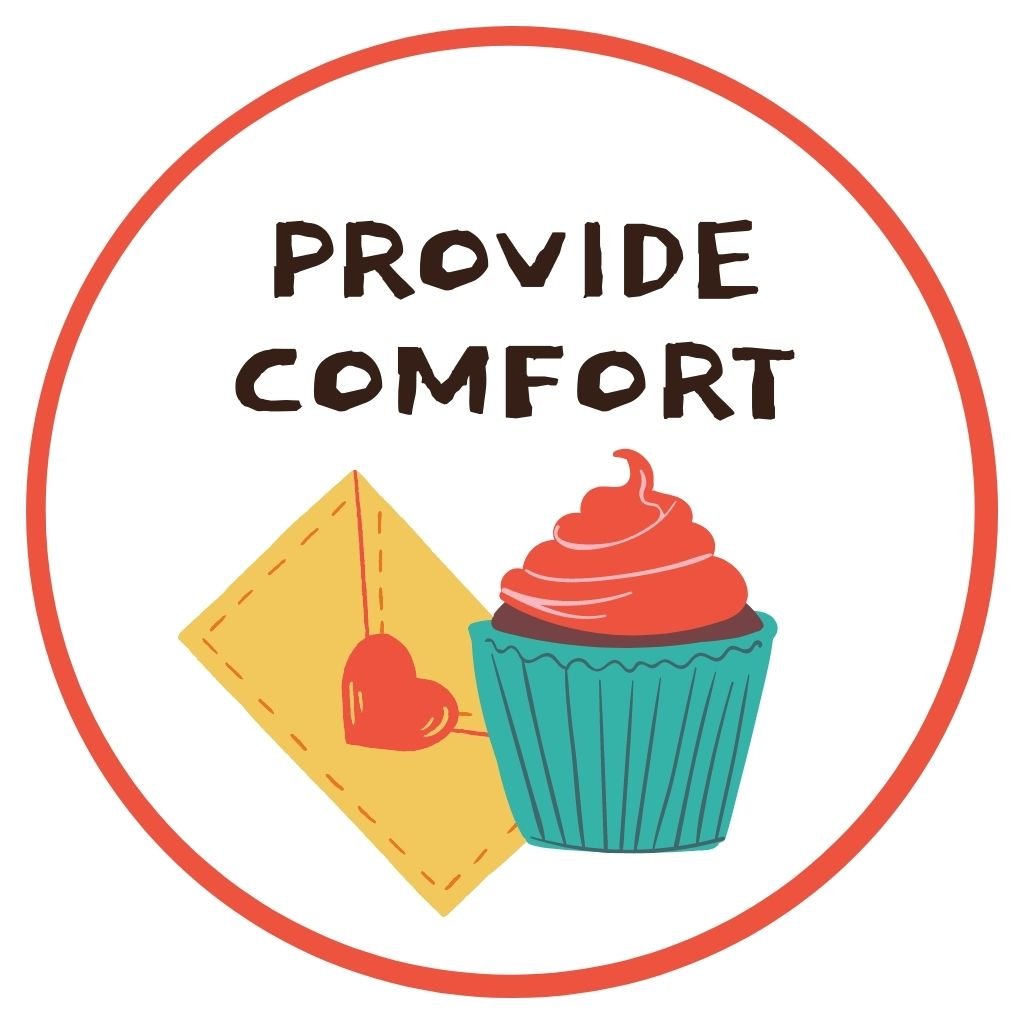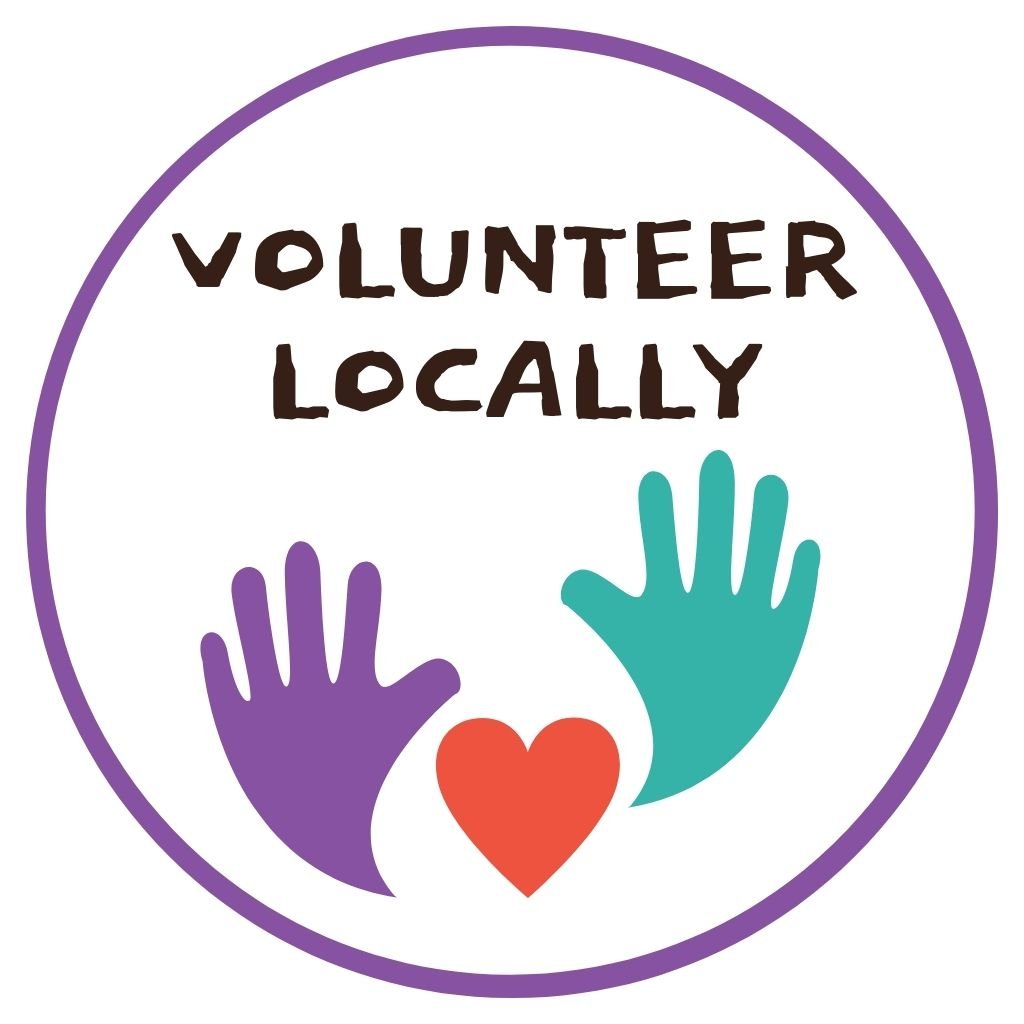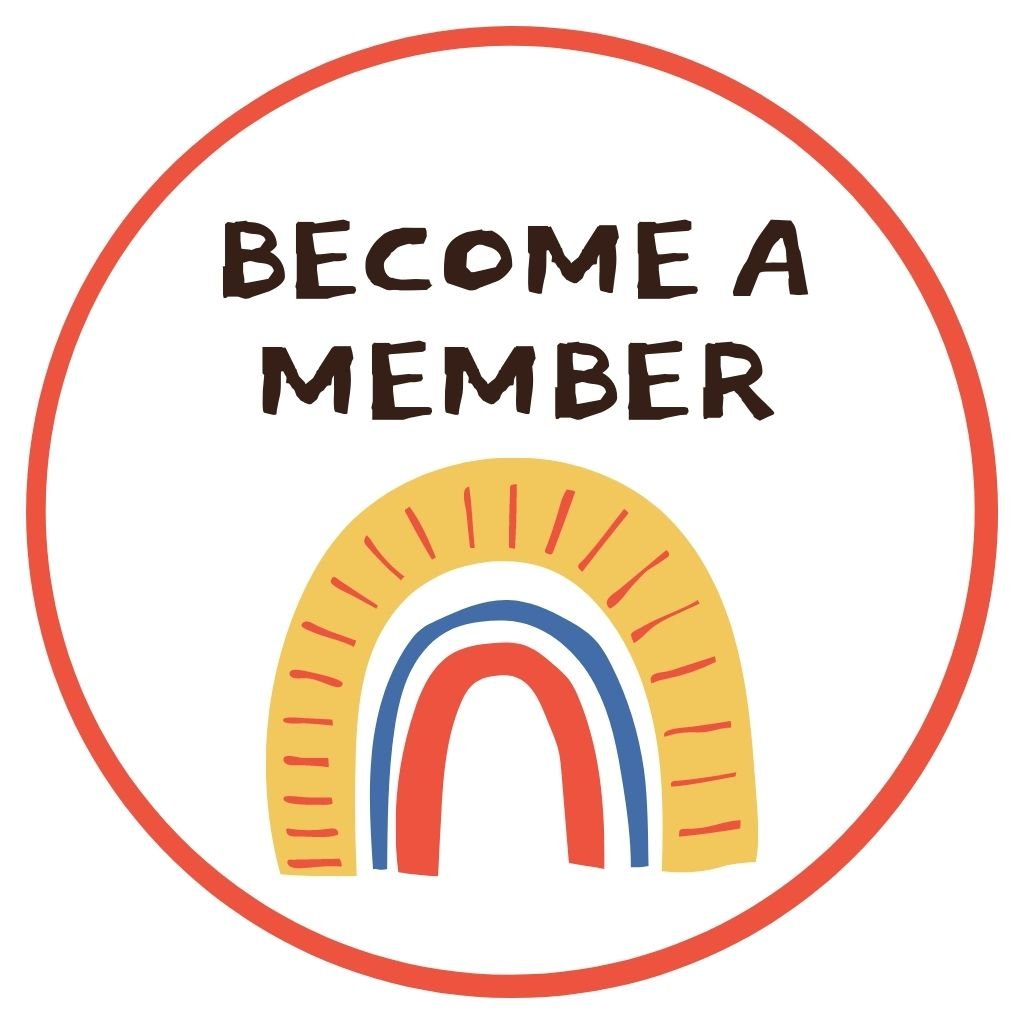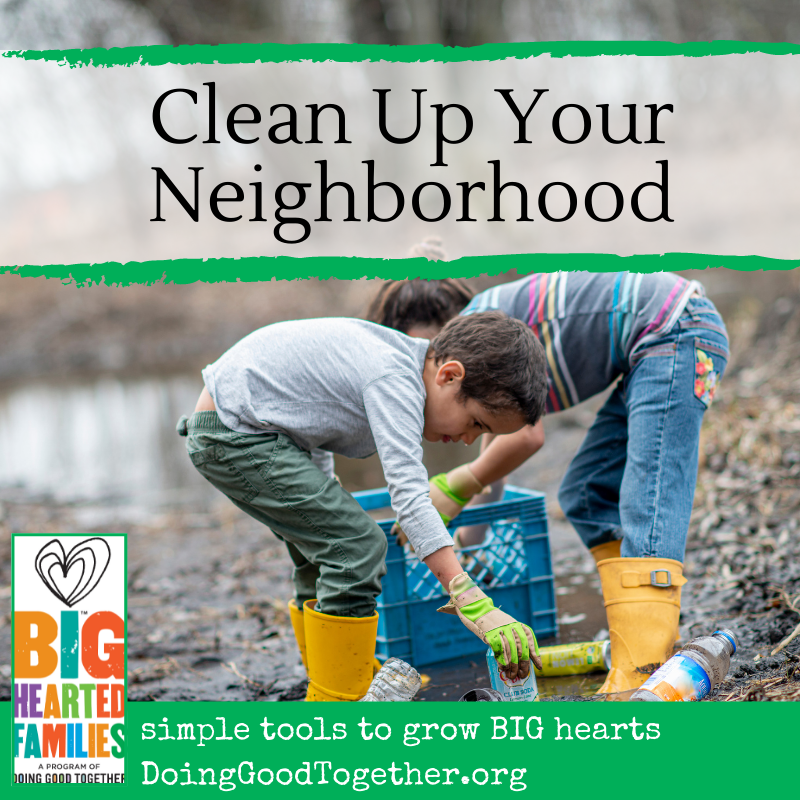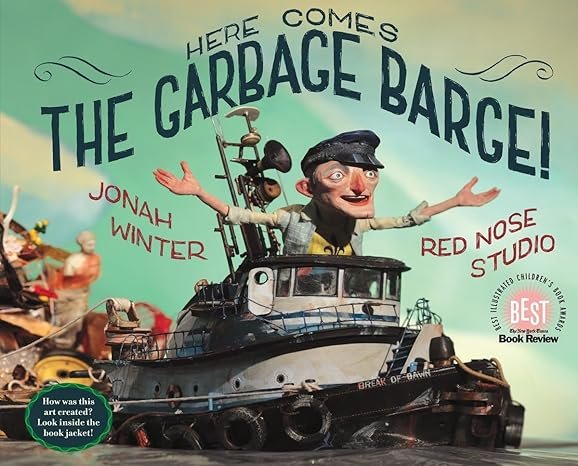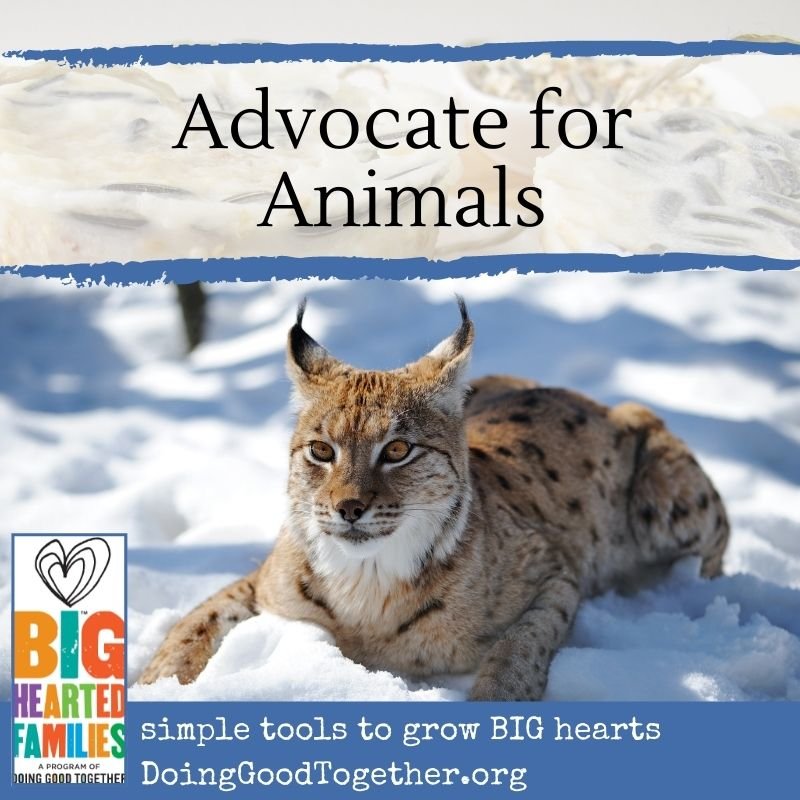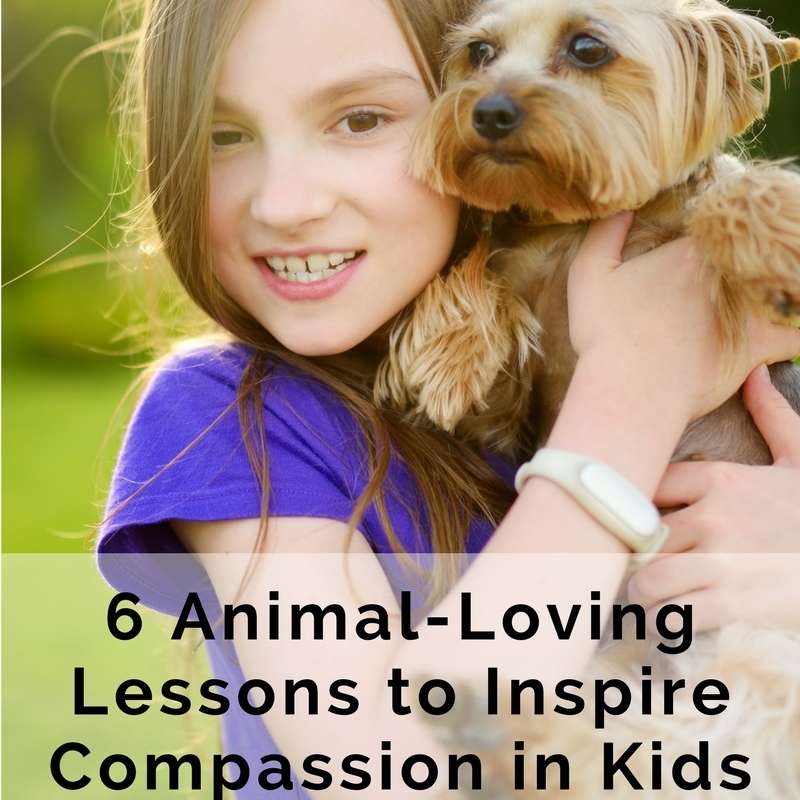Repurpose would-be waste into craft supplies.
Create space in your home to store items that either can’t be recycled or can easily be repurposed before being recycled. Then encourage your children to use their imaginations, turning this would-be waste into something new.
Teaching our children to care for the earth is integral to teaching compassion. And as the complicated challenges of climate change and waste management demand global attention, the planet's health will be front and center in kids' lives. Here is one small, fun way your family can learn to become earth advocates.
Possible recipients
Get started with this quick video.
Encourage your family to get creative with clean, would-be waste materials, either as silly craft projects or as creations with clever new purposes.
What you’ll need
Click here to download and decorate a sign for your upcycle bin.
Our printable Upcycle Bin label
Crayons, colored pencils, or markers
Box or spare laundry basket
Duct tape
Instructions
First, decorate your poster.
Add three ideas for upcycled creations in the three blank spaces. Get inspired with our Kids Can Upcycle! Pinterest board.
Attach your poster to a large cardboard box.
Add a roll of duct tape.
Add unrecyclable plastics and other clean items you would otherwise toss whenever possible.
When you’re feeling crafty, create something new from the materials you gather!
Reflections
Can we think of some ways to use less plastic as a family? Let's make a list!
What are some things our family is already doing to conserve earth's resources and keep the planet clean?
Resources
Browse our growing collection of picture books for earth advocates.
The Greening Book by Ellen Sabin
Full of unique activities and exercises, The Greening Book teaches children that they can make a difference in the future of our planet.What a Waste: Trash, Recycling, and Protecting our Planet by Jess French
Informative, engaging, and eye-opening, this book introduces elementary-aged kids to the idea that nothing can ever be truly thrown “away.” Walk away with strategies to conserve resources at home and the inspiration to stick with those strategies.
Take it Further
Take this 31 day, kid-friendly Zero Waste Challenge.
Don’t be an “aspirational recycler.” Review the rules for recycling in your local area, and be sure to follow them.
Disclaimer: Doing Good Together™ is a participant in the Amazon Services LLC Associates Program, an affiliate advertising program designed to provide a means for sites to earn advertising fees by advertising and linking to Amazon.com.
The recommendations we offer are based solely on our mission to empower parents to raise children who care and contribute.

